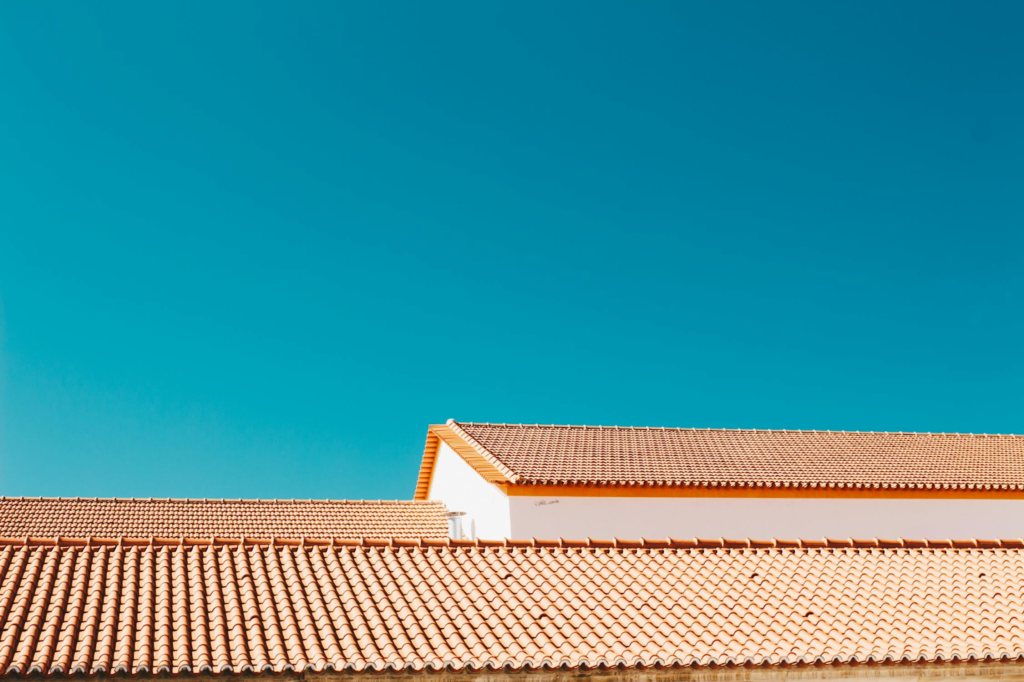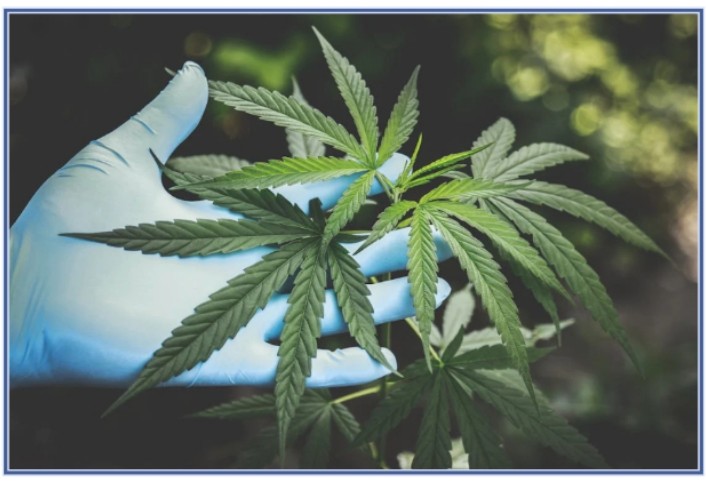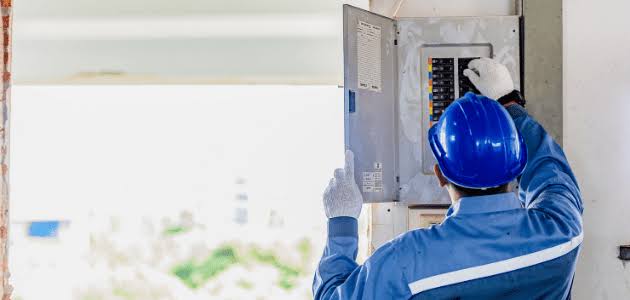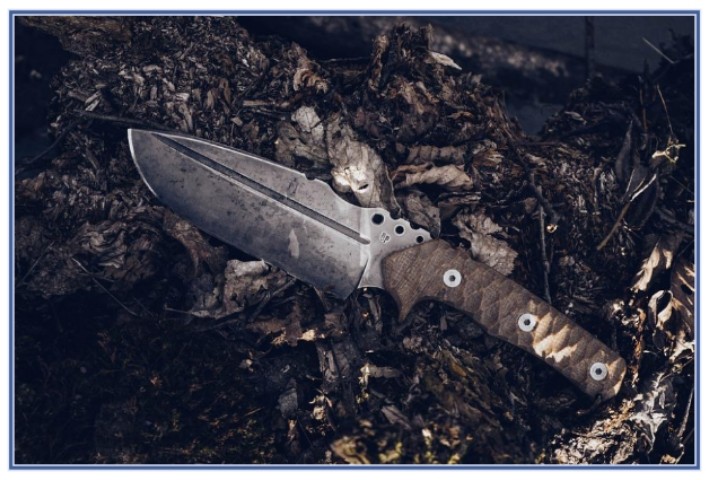Maintaining your roof is essential to preserving the overall integrity of your home. Neglecting roof upkeep can lead to significant damage, costly repairs, and even a complete roof replacement. By following some essential steps and staying informed, homeowners can prevent common issues and prolong the lifespan of their roof. In this guide, we’ll cover the key aspects of roof maintenance and explain what you need to do to protect your investment.
Regular Inspections: The Foundation of Roof Maintenance
The first and most critical step in maintaining your roof is scheduling regular inspections. Ideally, you should inspect your roof twice a year—once in the spring and once in the fall. These inspections will help you catch potential problems early before they develop into larger, more expensive issues. When conducting a roof inspection, look for signs of wear and tear, including cracked or missing shingles, rusted flashing, and any signs of water damage. If you notice anything out of the ordinary, it’s essential to address it immediately.
Gutter Maintenance: Why It’s Crucial to Roof Longevity
Your roof and gutter system work hand in hand to protect your home. Gutters are designed to direct water away from your roof, siding, and foundation. However, when they become clogged with debris like leaves, twigs, or dirt, water can pool on your roof and seep into your home, causing rot, mold, and structural damage. Cleaning your gutters regularly is a simple yet critical aspect of roof maintenance. At least twice a year, clear out your gutters and downspouts to ensure they’re functioning properly. If you live in an area with lots of trees, you may need to clean your gutters more frequently, especially in the fall when leaves are abundant.
Addressing Small Repairs Early to Avoid Bigger Problems
The key to avoiding costly roof repairs is addressing minor issues as soon as they arise. Small leaks, missing shingles, or flashing problems may seem insignificant at first but can quickly lead to major damage. For instance, a tiny leak that’s left unchecked can cause water to seep into the underlying structure of your home, leading to rot, mold, and even electrical issues. When you notice a problem, it’s crucial to take action immediately. Don’t wait for the next storm or a significant leak to fix what seems like a minor issue. Some homeowners attempt DIY fixes, but it’s always best to consult a professional to ensure the job is done correctly and safely. Speaking with a roofing expert who specializes in roof maintenance services can provide you with peace of mind, knowing that your roof is being maintained properly. These professionals can spot issues that the untrained eye might miss and provide solutions that will extend the life of your roof.
Dealing with Moss, Algae, and Debris Buildup
Moss and algae growth on your roof not only affects the aesthetic appearance of your home but can also cause significant damage over time. Moss tends to hold moisture, which can lead to the deterioration of your shingles and the formation of leaks. Algae, while mostly cosmetic, can also degrade roofing materials if left untreated. Regular cleaning is necessary to prevent these organisms from taking over your roof. In many cases, hiring a professional roof moss removal service is the safest and most effective way to eliminate buildup without risking damage to your shingles. Keeping your roof clear of organic growth not only preserves its appearance but also extends its functional lifespan.
The Importance of Proper Ventilation
Proper attic ventilation plays a critical role in extending the lifespan of your roof. Without adequate ventilation, heat and moisture can become trapped in your attic, causing your shingles to deteriorate prematurely. In the summer, excessive heat buildup can warp and damage roofing materials, while in the winter, poor ventilation can lead to ice dams, which can cause significant water damage. Ensuring that your attic is properly ventilated allows for consistent airflow, preventing moisture buildup and helping to regulate the temperature. This not only prolongs the life of your roof but also improves the energy efficiency of your home by reducing heating and cooling costs. If you’re unsure whether your roof has sufficient ventilation, consult a roofing professional who can assess the situation and make recommendations.
The Role of Seasonal Weather in Roof Wear and Tear
Different seasons bring different challenges for your roof. In the winter, snow and ice can build up, causing ice dams that trap water on your roof. This can lead to leaks and severe water damage if not addressed. In the summer, excessive heat can cause your shingles to crack, curl, or blister. Understanding how weather affects your roof will help you prepare for potential issues. In regions prone to heavy snowfall, consider installing a snow guard to prevent large chunks of snow and ice from sliding off your roof and damaging your home or property below. For those living in hot climates, investing in reflective roofing materials can help minimize the impact of heat on your roof, extending its lifespan.
Maintaining your roof may seem like a daunting task, but with regular inspections, proactive repairs, and attention to detail, you can prevent costly repairs and extend the life of your roof. By following these steps, you’ll keep your home protected from the elements and avoid the headaches that come with major roofing problems.






